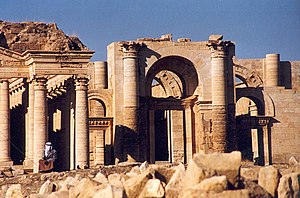| Millennium: | 1st millennium |
|---|---|
| Centuries: | |
| Decades: | |
| Years: |
| 240 by topic |
|---|
| Leaders |
| Categories |
| Gregorian calendar | 240 CCXL |
| Ab urbe condita | 993 |
| Assyrian calendar | 4990 |
| Balinese saka calendar | 161–162 |
| Bengali calendar | −353 |
| Berber calendar | 1190 |
| Buddhist calendar | 784 |
| Burmese calendar | −398 |
| Byzantine calendar | 5748–5749 |
| Chinese calendar | 己未年 (Earth Goat) 2937 or 2730 — to — 庚申年 (Metal Monkey) 2938 or 2731 |
| Coptic calendar | −44 – −43 |
| Discordian calendar | 1406 |
| Ethiopian calendar | 232–233 |
| Hebrew calendar | 4000–4001 |
| Hindu calendars | |
| - Vikram Samvat | 296–297 |
| - Shaka Samvat | 161–162 |
| - Kali Yuga | 3340–3341 |
| Holocene calendar | 10240 |
| Iranian calendar | 382 BP – 381 BP |
| Islamic calendar | 394 BH – 393 BH |
| Javanese calendar | 118–119 |
| Julian calendar | 240 CCXL |
| Korean calendar | 2573 |
| Minguo calendar | 1672 before ROC 民前1672年 |
| Nanakshahi calendar | −1228 |
| Seleucid era | 551/552 AG |
| Thai solar calendar | 782–783 |
| Tibetan calendar | 阴土羊年 (female Earth-Goat) 366 or −15 or −787 — to — 阳金猴年 (male Iron-Monkey) 367 or −14 or −786 |

Year 240 (CCXL) was a leap year starting on Wednesday of the Julian calendar. At the time, it was known as the Year of the Consulship of Sabinus and Venustus (or, less frequently, year 993 Ab urbe condita). The denomination 240 for this year has been used since the early medieval period, when the Anno Domini calendar era became the prevalent method in Europe for naming years.
